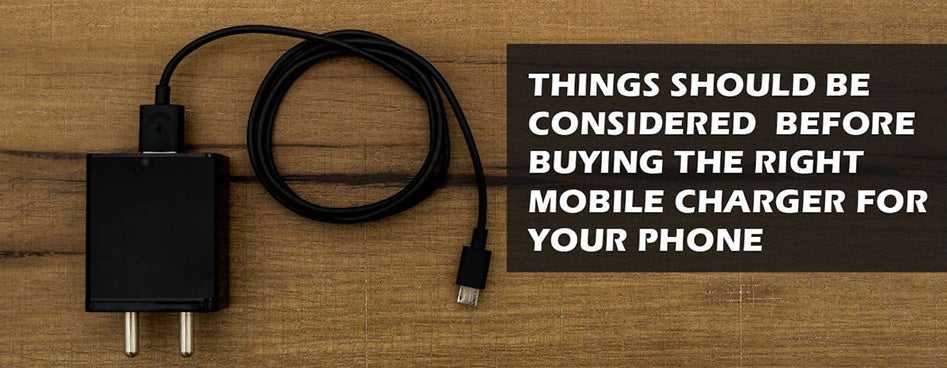Charging your mobile devices is a crucial part of everyday life, but using the wrong voltage or wire gauge in your charging cable can lead to safety hazards and inefficient charging. In this blog post, we will explore the science behind voltage and wire gauge, and how to determine the appropriate cable for your specific device.
Voltage and Charging Speed:
To determine the appropriate voltage for your device, check the manufacturer's specifications. Most devices require a 5V charger, while some high-end models require a 9V or 12V charger. It's essential to use a charger that matches your device's voltage requirements to avoid damaging your device's battery or causing a safety hazard.

Wire Gauge and Safety:
Wire gauge is another critical factor to consider when choosing a charging cable. Wire gauge refers to the thickness of the wire in the cable. Thicker wires have lower resistance and can transmit electricity more safely and efficiently. In contrast, thinner wires have higher resistance, which can result in overheating and even pose a fire hazard.
When choosing a charging cable, look for one with a wire gauge that matches your device's charging requirements. Most cables come in either 28 or 24 AWG (American Wire Gauge). A 28 AWG cable is suitable for charging devices with lower power requirements, while a 24 AWG cable is suitable for charging high-power devices such as tablets and laptops.
Choosing the right charging cable for your mobile devices is essential for safe and efficient charging. Understanding the relationship between voltage and wire gauge can help you make informed decisions when purchasing a charging cable that is tailored to your device's needs. By following the manufacturer's specifications for voltage and wire gauge, you can ensure that your device is charged safely and efficiently, without risking damage to your battery or posing a safety hazard.





Leave a comment
This site is protected by hCaptcha and the hCaptcha Privacy Policy and Terms of Service apply.